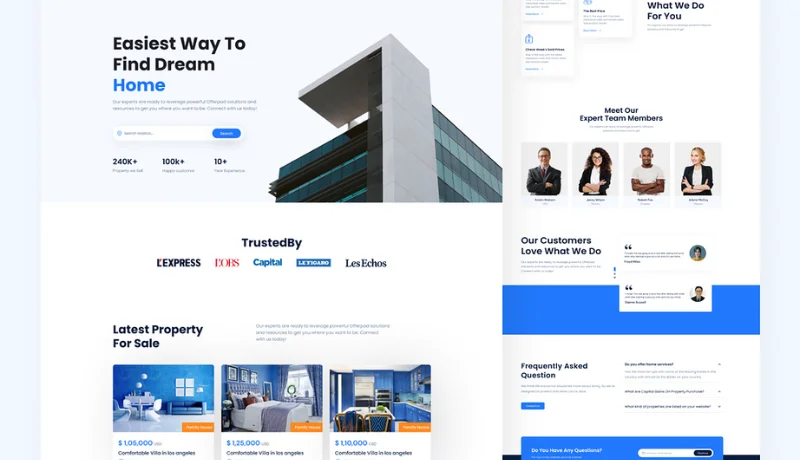In the ever-evolving landscape of the internet, web design continues to play a pivotal role in shaping user experiences and driving engagement. As technology advances and consumer expectations rise, it's crucial for web designers to stay ahead of the curve by embracing modern web design techniques. In this comprehensive guide, we'll explore the latest trends and strategies that can help you create stunning, high-performing websites that captivate audiences and elevate your online presence.

Understanding Modern Web Design
Modern web design goes beyond aesthetics; it's about creating seamless, intuitive experiences that resonate with users. To achieve this, web designers must leverage a combination of design principles, technology, and user-centric strategies. Here are some key aspects of modern web design:
Responsive Design
In today's multi-device world, responsive web design is non-negotiable. Ensuring your website looks and functions flawlessly across all devices, including smartphones, tablets, and desktops, is essential for providing a consistent user experience.
Mobile-First Approach
With mobile traffic surpassing desktop, adopting a mobile-first approach is imperative. Start by designing for mobile devices and then scale up to larger screens, ensuring your website is optimized for smaller screens first.
Minimalism and Simplicity
Simplicity is the ultimate sophistication. Embrace minimalist design principles to create clean, clutter-free interfaces that are visually appealing and easy to navigate. Focus on typography, whitespace, and subtle animations to enhance user engagement.
Accessibility
Web accessibility is not just a trend; it's a necessity. Ensure your website is accessible to all users, including those with disabilities, by adhering to WCAG guidelines. This includes providing alternative text for images, using semantic HTML, and ensuring keyboard navigation is smooth and intuitive.
Performance Optimization
In the age of instant gratification, speed is paramount. Optimize your website's performance by minimizing HTTP requests, leveraging browser caching, and compressing images. A fast-loading website not only enhances user experience but also improves SEO rankings.
Key Elements of Modern Web Design
Visual Storytelling
Visuals play a crucial role in conveying your brand story and engaging users. Use high-quality images, videos, and infographics to create compelling narratives that resonate with your audience.
Microinteractions
Microinteractions are subtle, yet meaningful, interactions that occur between a user and a digital product. Incorporate microinteractions such as button animations, hover effects, and progress indicators to enhance user engagement and delight.
Interactive Elements
Engage users with interactive elements such as scroll animations, parallax effects, and interactive forms. These elements not only make your website more engaging but also encourage users to spend more time exploring your content.
Typography and Font Choices
Typography plays a crucial role in web design, setting the tone and personality of your brand. Choose fonts that are readable, scalable, and align with your brand identity. Experiment with different font weights, sizes, and styles to create visually appealing typography.
Dark Mode
Dark mode has gained popularity in recent years due to its aesthetic appeal and reduced eye strain benefits. Consider offering a dark mode option for your website to cater to users' preferences and enhance the overall user experience.
The Future of Web Design
As technology continues to evolve, the future of web design looks promising. AI and machine learning are poised to revolutionize the way we design websites, enabling personalized experiences and automated design processes. Voice search and AR are also expected to play a significant role, offering new opportunities for innovative and immersive web experiences.
In conclusion, modern web design is a dynamic and ever-changing field that requires continuous learning and adaptation. By embracing the latest trends and techniques, web designers can create impactful websites that resonate with users and drive business growth. Stay curious, stay creative, and always strive for excellence in your web design endeavors.